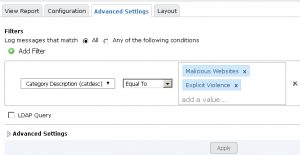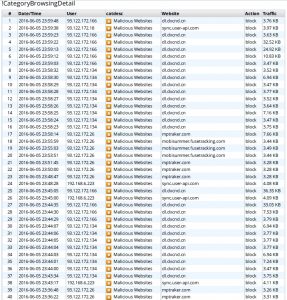Think of the little things
This is going to be a quick guide on things to check when your Policy based IPSec tunnels decide to not work properly with NAT enabled.
Have this client, they were getting ready to migrate a bunch of IPSec tunnels from one of their client’s firewalls. The firewall that was originally hosting these tunnels is a Dell Sonicwall (threw up a little in my mouth right there).
We get the tunnels loaded and all are working fine except for the ones that require NAT due to overlapping subnets.
Just a reminder boys and girls, when your settings APPEAR to be correct but things still aren’t working…..it’s going to be something simple.
It is always something simple!
When you create a phase 2 for your tunnels through the GUI certain parameters are predefined. This is fine if you are using a simple tunnel with no NAT being applied.
One of these settings is the “use-natip enabled” setting that comes swinging right out the gate. If you have never looked at your phase 2 through the CLI you wouldn’t even know this existed.
Proof is in the pudding:
There is nothing more frustrating than having your policy setup improperly (no NAT applied through policy) and the tunnel come up, but no traffic flows……but if you enable NAT in the policy all of a sudden no tunnel OR traffic.
The two conflict. So if you are doing policy based IPSec tunnels that ALSO happen to be performing NAT on the policy (which you can only enable on the policy through CLI by the way…) you are going to be in for a bad time until you turn off the NAT setting on the phase 2
In Conclusion:
I know this entire post is basically a giant run on sentence but I wanted to get it on paper as it was fresh in my head. I tend to forget things you know. By all means express your findings on these types of situations in the comments. Would love a healthy dialogue regarding these types of things! If I need to expand on anything to make it easier to understand please let me know. I am always available to answer questions.



